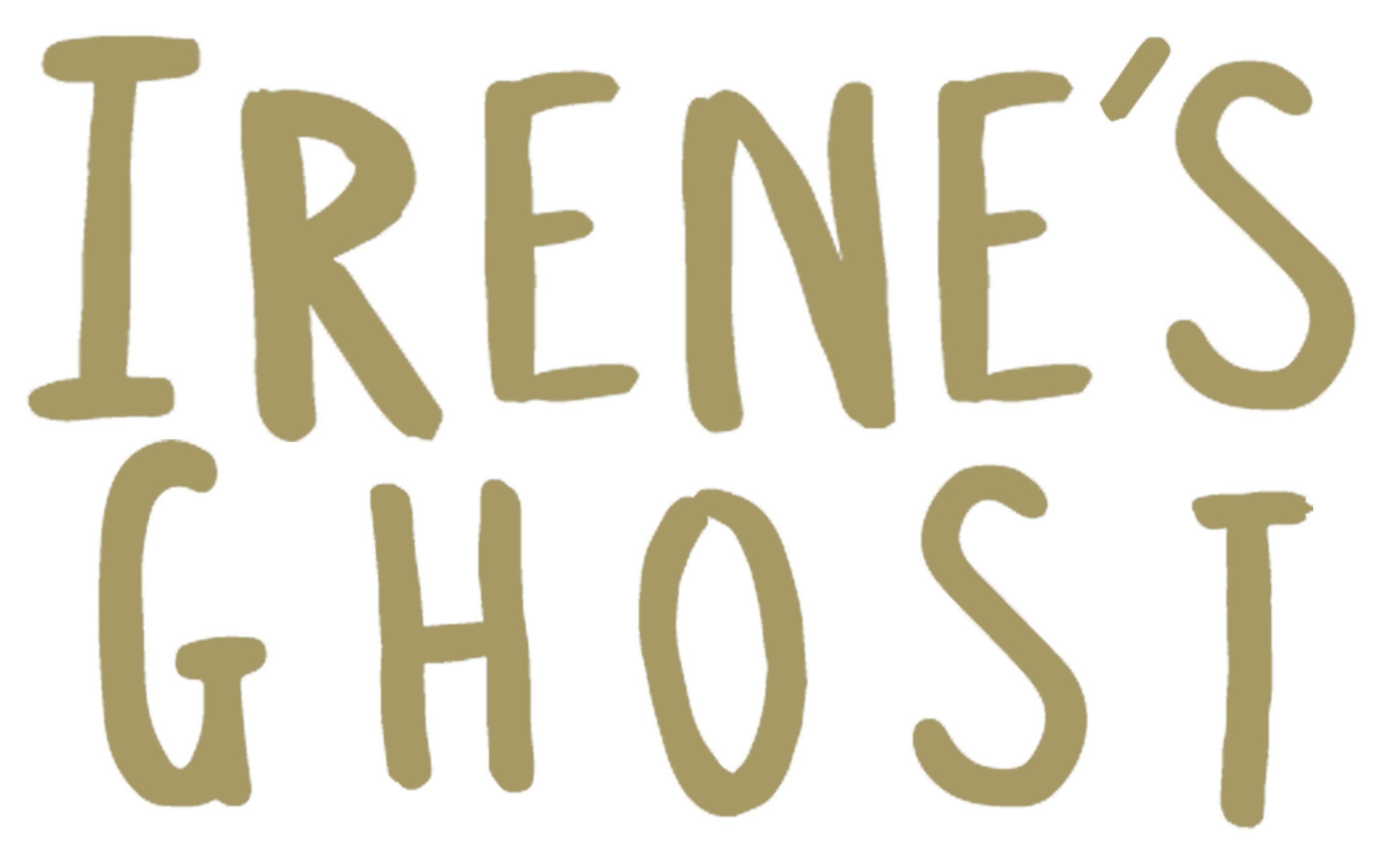A few summers ago I pushed my Mum Judith in a wheelchair through the long grass of sandy dunes down to a chilly Northumberland beach so she could do something she’d never done – watch her 2 year old granddaughter playing in the sand and the sea.
I took the weight onto the two big wheels, forcing it through the bumpy ground and leaving Mum’s feet swinging in the air. At the bottom the sand was wet and flat, and solid enough to hold the weight. The cold wind was buffeting her, so we wrapped her in beach towels till all you could see of her was a face, red with cold but beaming.
Four weeks later she was dead, from an illness that she had carried for nearly 30 years. We don’t have a photo of that moment on the beach, but the image of her huddled against the cold, revelling in granniedom will never leave me. Despite that, I can’t help but feel some sadness that my daughter’s young brain won’t hold the same picture, or nurture it in the way that I will.
I know this, because I lost my birth mother Irene when I was 3, around the same age my daughter was then, and I have no real memories of her at all.
Irene died after what I was told was a year in a coma and a brief recovery. No-one really seemed to know what her illness was, except that it stemmed from my birth, from some kind of postnatal complication. Her family disappeared, my Dad understandably didn’t like to talk about it, and married Judith soon afterwards, the woman I called Mum, who I pushed through the dunes a couple of summers ago. Irene was rubbed out of existence, or at least that’s how it felt to me.
As a child I saw Irene in everything, from a thistle seed blown by the wind to a door creaking open, and it’s those feelings that stayed with me. I was desperate for any way to make a connection, to feel that she was still there watching me. It wasn’t something I could talk about with my family, so the feelings I had about it were turned inward, and any tiny detail I learned about her grew into a fable.
When I was 18, my Dad gave me a big cardboard box with Irene’s possessions inside. It contained a mix of jewellery, trinkets and photos and a baby book with her writing inside. The writing seemed to show she wasn’t well, but I still had no answers about her illness. It was the first time I’d held photographs of her, and opening the box felt like a semi religious experience.
Twenty years later, her life and death were still a mystery to me, with no beachside mental polaroids to mark her life or remind me of her. I was 36 when I started this and my daughter was 3. Watching her grow through those early years made me think again about the impact that the loss of a parent had on me. A 3 year old has a huge capacity for love, and is learning to express themselves. Even if the memories they form don’t last into adulthood, something of that time must remain. It certainly did in me.
I guess it’s partly because of those experiences with my daughter that I finally found the resolve to challenge the silence and begin to find out about Irene. I decided to track down her friends and family and try to get to know her. I wanted to find people with memories of Irene so I could somehow recreate her in my mind. I also wanted to try and work out what really happened to her, and find out what the implications might be for my daughter and I. I wanted to get to know Irene in the same way that my daughter will get to know Judith – through the memories of the people who loved her. This film is a record of that journey.

